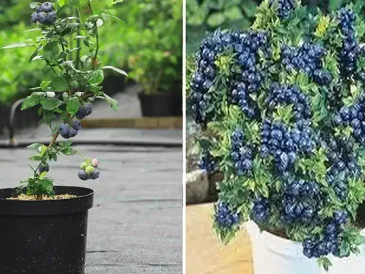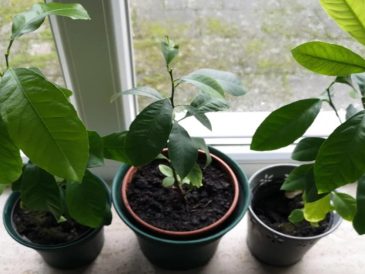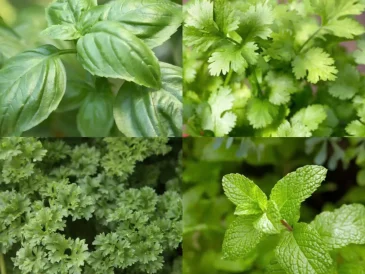If you’ve ever nurtured your tomato plants, eagerly watching them bloom, only to be disappointed by the lack of fruit, you’re not alone.
It’s a frustrating experience as you put in the time and effort, but instead of a bountiful harvest, you’re left with empty blossoms.
But there are reasons behind this common issue, and once you understand them, you can see your tomatoes produce the fruit you’ve been waiting for.
Tomatoes thrive in warm weather, but temperatures below 50°F can really mess with their mojo.
When it gets too chilly, tomato plants might just stop growing or even drop their flowers. And without flowers, well, no fruit for you!
On the flip side, if it gets too hot – like above 85°F – your tomatoes might start to feel the heat stress. They could drop their flowers or stop producing them altogether.
But don’t worry, if you know a cold front is coming, you can protect your plants with frost fabric or a low tunnel.
And if you’re in a super hot area, look for heat-tolerant varieties like solar fire and heatmaster that can handle the sweltering summer.
Tomatoes are self-pollinating but they still need a little help from the wind or buzzing bees to move the pollen around.
If you don’t have enough pollinators in your garden, or if the weather isn’t cooperating, your tomatoes might not get the pollination they need.
One trick I’ve found super helpful is using an electric toothbrush. Yep, you heard that right!
Just turn it on and gently touch it to the stem of the flower. The vibrations mimic the buzz of a bee and help shake the pollen loose..
If you’re not into using your toothbrush on your plants, you can also try gently shaking the plants or tapping the stems.
This can help move the pollen around, especially if you’re growing your tomatoes in a greenhouse or a sheltered spot where the wind doesn’t reach.
When tomatoes don’t get enough water, they can get all cranky and stressed out. The leaves start to wilt, and the plant just can’t focus on making those juicy tomatoes we all love.
But wait, there’s more! Overwatering is just as bad. If you drown your tomatoes, their roots can rot.
Rotten roots can’t take up the nutrients or water the plant needs, and you end up with sad, yellowing leaves and no fruit.
So, what’s the fix? Tomatoes need about an inch of water per week. You can do the good ol’ finger test to check the soil moisture.
Stick your finger about 6 inches into the soil near the plant’s base. If it comes out dry, give your plant a drink. If it’s muddy, hold off on the watering can.
Too much nitrogen is also a common culprit. If your tomato plants are all leaves and no fruit, they’re probably getting too much nitrogen.
This nutrient is great for leafy growth, but too much of it can make your plants forget they’re supposed to produce tomatoes.
On the flip side, potassium helps with flower formation, while phosphorus is crucial for fruit development and ripening.
Without enough of these, your plants might produce flowers that never turn into fruit.





